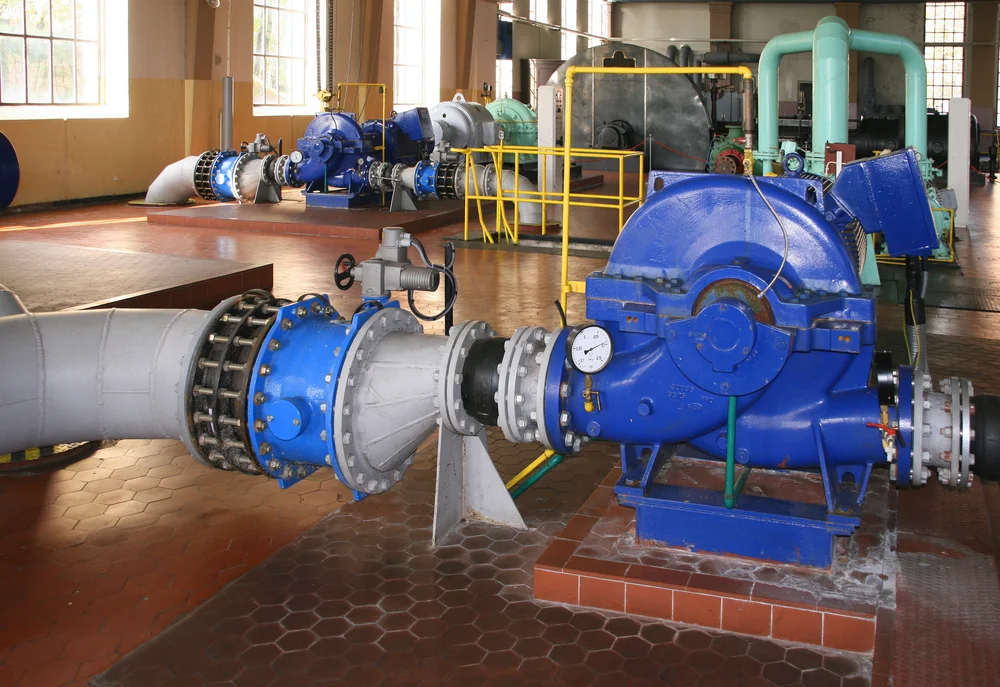Borehole Pump Installation Practice Parts 1-3
/John Tonkin has written a series of three articles aimed at ensuring a long and cost-effective borehole pump installation. He looks at Non-Return Valves (NRVs); submersible motors and Root Cause Analysis (RCA) and remedial strategies.
Part 1: Non-Return Valves
What is an acceptable service life for a borehole pump? Anything less than 10 years is a clear indication of a faulty installation. 15 years is, at best, acceptable. 20 years is good and anything after this can be classified as very good. When working for a submersible motor company, we regularly saw motors that had been working for 40 years +!
Part 2: Preventing submersible motor overheating
Most groundwater pumps sold globally are powered by submersible electric motors. Personally, I have seen many motors returned after 40 years plus without having undergone any maintenance. As incredible as it seems, not a single bearing or lubricant change, or a minute’s worth of labour expended on the unit. All this while operating under many metres of water in a hole in the ground tens or hundreds of metres deep. After each of these “old boys” were brought in to us, I never ceased to be amazed at how a piece of machinery can run for so long on virtually no maintenance. What was the secret? And why did some motors fail, in some cases, after a few hours! During my 30+ years in the groundwater industry, including 11 years at one of the largest manufacturers of submersible motors in the world, I reached the conclusion that there was no rocket science to achieving this kind of service life.
Part 3: Root Cause Analysis and Remedial Strategies
“Those who don’t learn from the past are doomed to repeat it”. Wise words attributed to George Santayana.
The best way to prevent a re-occurrence of history (dead installation in our case) is to:
gather relevant data
analyse the data in a Root Cause Analysis (RCA)
come up with remedial actions that will stop the same thing from happening again.
Straight forward, yes. But too often, in the rush to get the repair done, or because of a lack of skills, this elementary process is not followed. History, all too often, comes back to give us expensive reminders.




